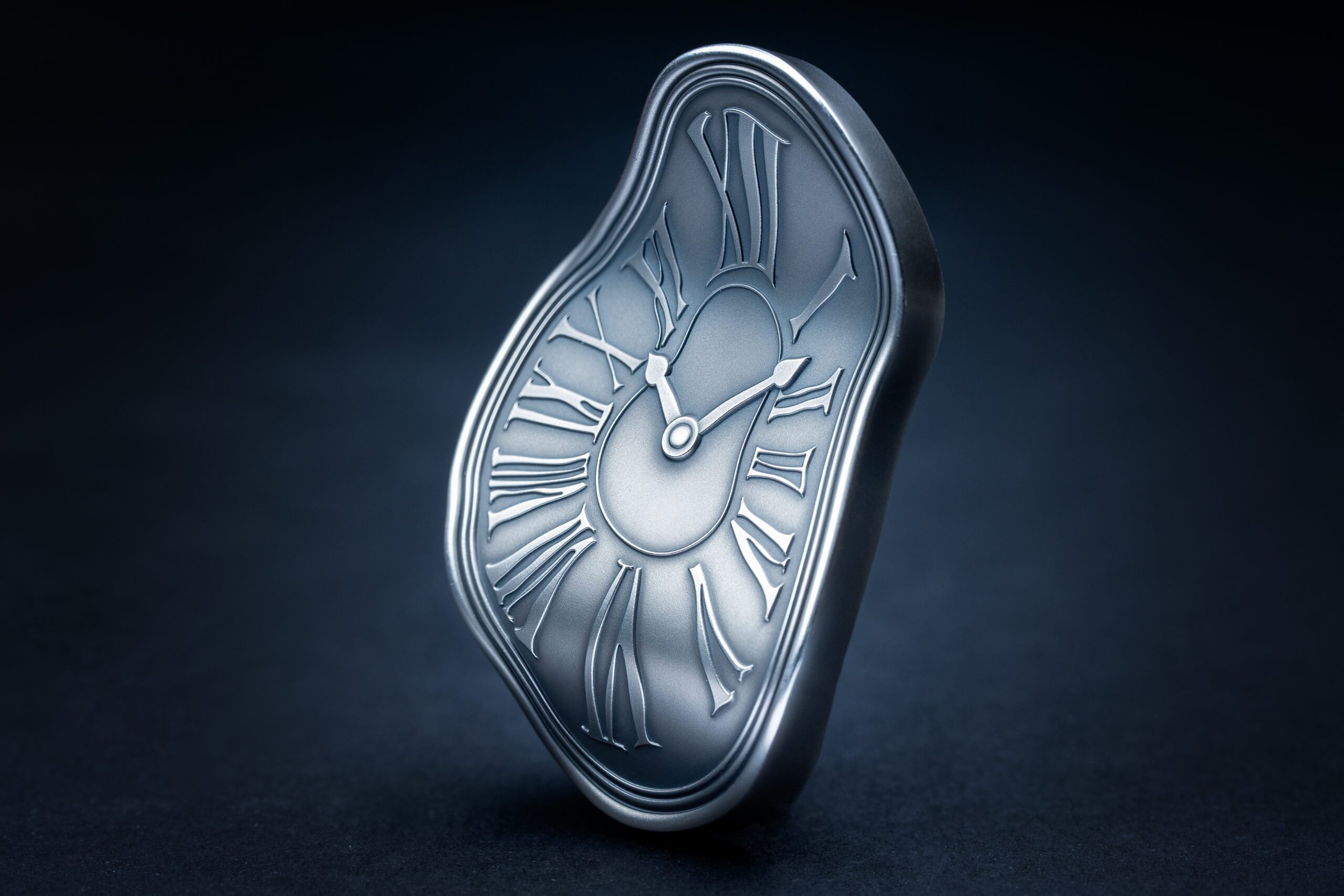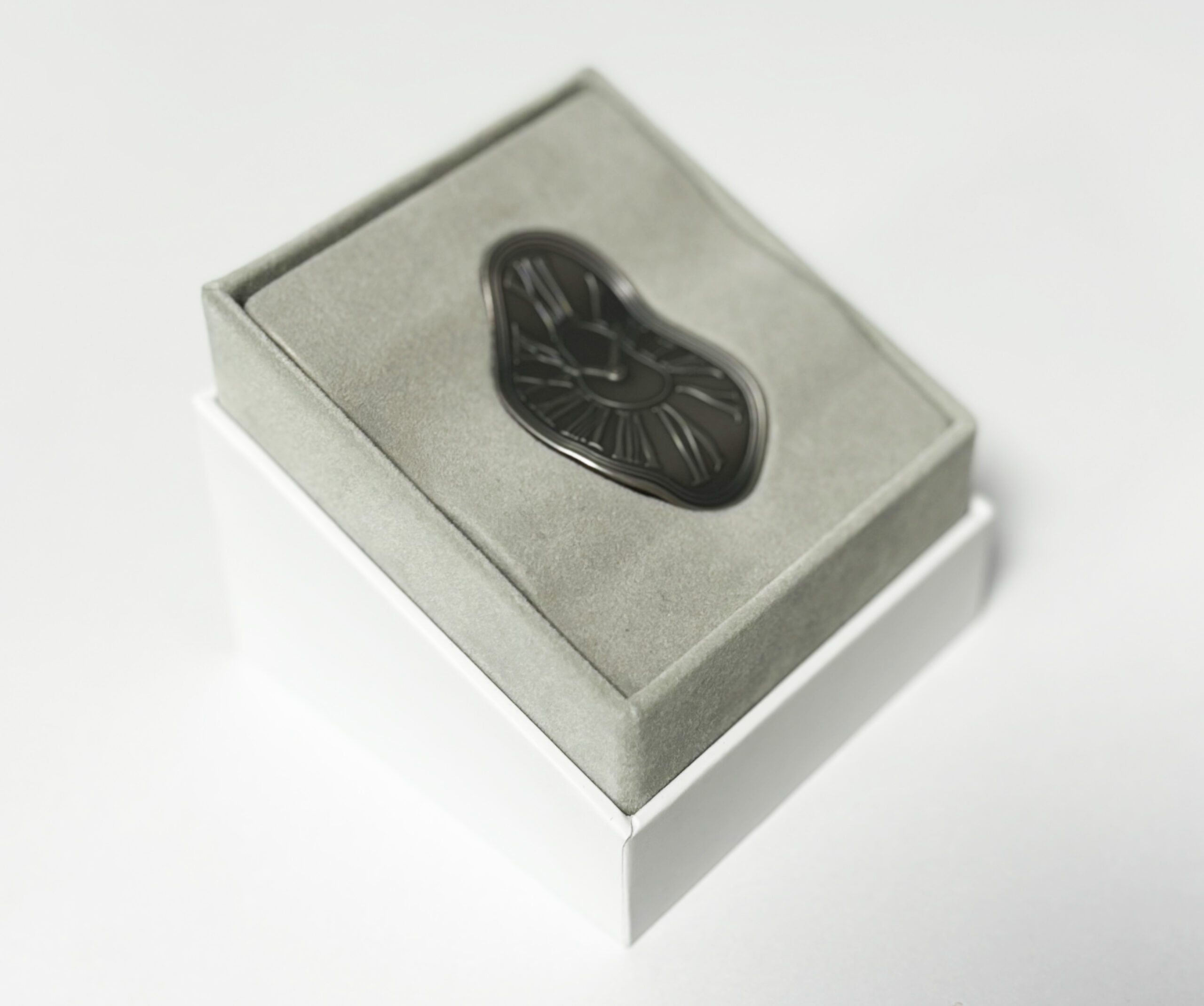Description
DALI CLOCK
The Persistence of Memory is a 1931 painting by artist Salvador Dalí and one of the most recognizable works of Surrealism. First shown at the Julien Levy Gallery in 1932, since 1934 the painting has been in the collection of the Museum of Modern Art (MoMA) in New York City, which received it from an anonymous donor. It is widely recognized and frequently referred to in popular culture, and sometimes referred to by more descriptive titles, such as “The Melting Clocks”, “The Soft Watches” or “The Melting Watches”. The well-known surrealist piece introduced the image of the soft melting pocket watch. It epitomizes Dalí’s theory of “softness” and “hardness”, which was central to his thinking at the time. As Dawn Adès wrote, “The soft watches are an unconscious symbol of the relativity of space and time, a Surrealist meditation on the collapse of our notions of a fixed cosmic order”.
SALVADOR DALI (1904 – 1989)
Salvador Dalí, Marquis of Dalí de Púbol, was born in Figueres on May 11, 1904, and passed away in the same city on January 23, 1989. He was a Spanish painter, sculptor, engraver, screenwriter, and writer. Dalí is widely regarded as one of the leading figures of the Surrealist movement and one of the most famous painters of the 20th century. Known for his eccentric personality and groundbreaking imagination, Dalí’s works remain iconic symbols of the surrealist movement. His masterpieces, such as The Persistence of Memory, continue to captivate audiences worldwide, solidifying his status as a timeless genius of modern art.













